Android is a slick and reliable operating system, but it has problems. Sometimes, an app can hang, or the system can freeze, even on the best Android tablets. Safe Mode allows you to find and fix most problems. It suspends most third-party apps and lets you tinker with background processes without doing damage. It's easy to turn on and turn off Safe Mode on your Android phone or tablet. We show you how.
How to turn off Android's Safe Mode feature
When you're in Safe Mode on your phone or tablet, the apps on your home screen may be grayed out, and your app drawer may be empty. However, your data is safe. When you turn off Safe Mode, your device returns to normal, just as it was before.
Turn off Safe Mode by restarting your phone or tablet
The easiest way to turn off Safe Mode on your Android smartphone is to use the power menu. In most cases, restarting your device and booting out of Safe Mode takes only a few seconds.
To restart your device and turn off Safe Mode, do the following:
- For Samsung and Google Pixel 5a and earlier devices, press and hold the Power button until you see the power menu options.
- If you have a OnePlus phone or a Google Pixel 6 or newer device, press and hold the Power and Volume up buttons for a few seconds.
-
Tap the Restart button to restart your phone.
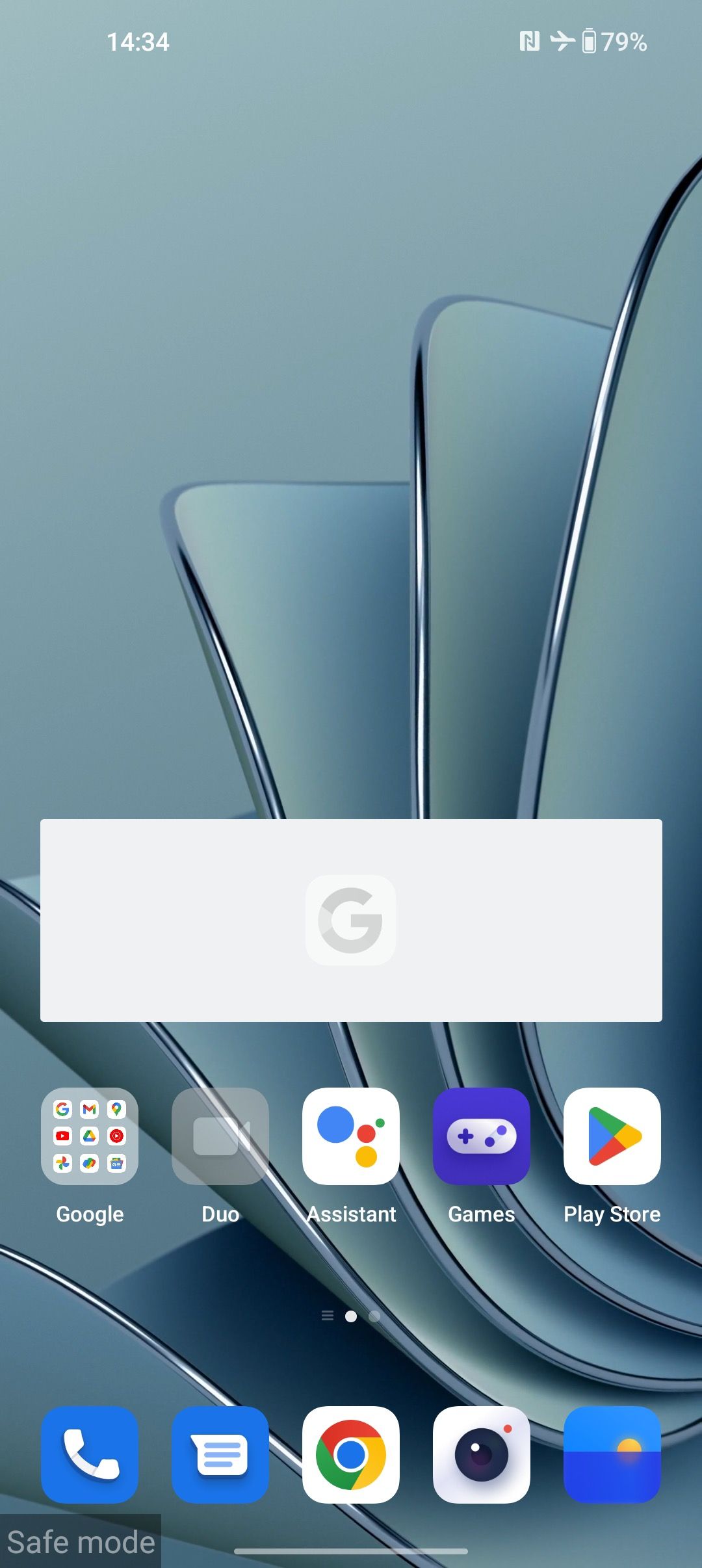
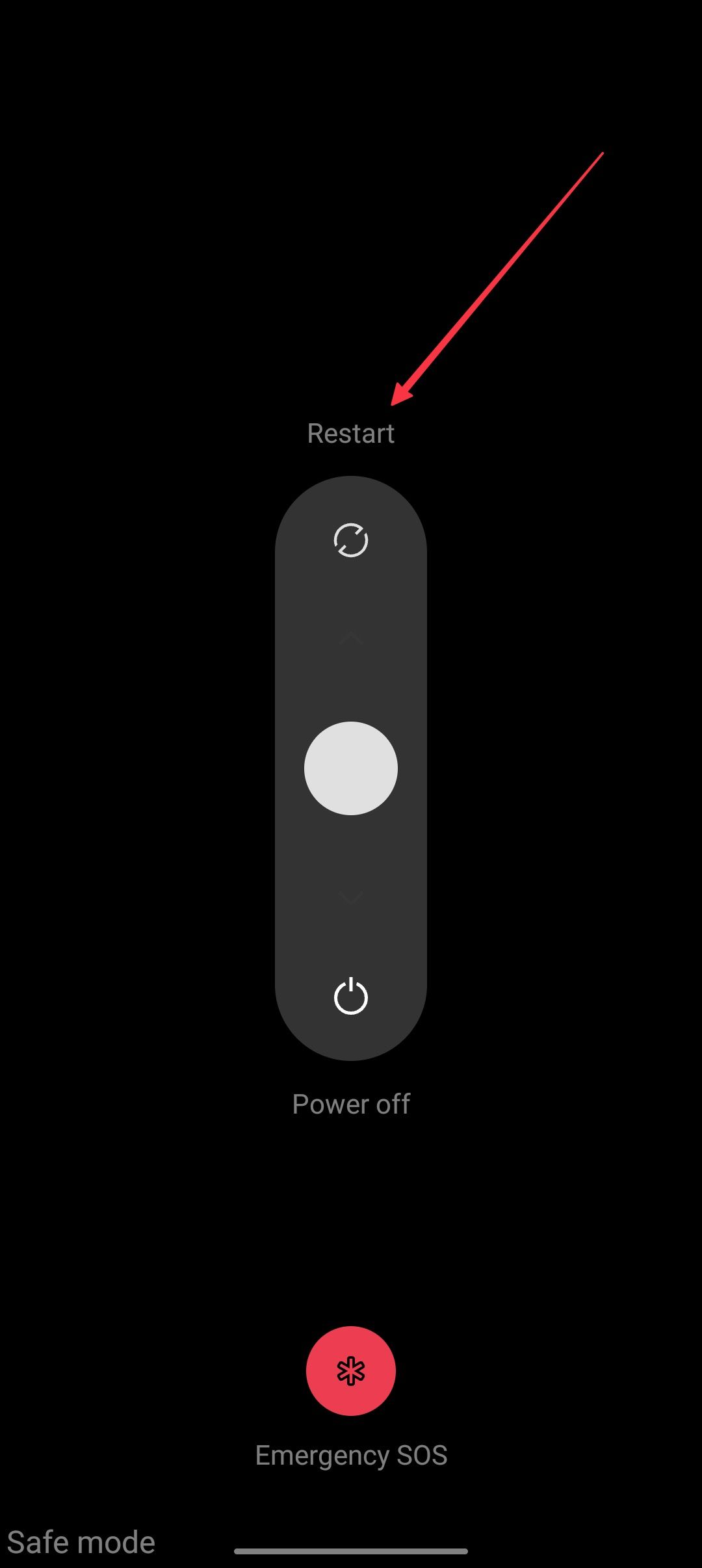
If you don't see a Restart button, press and hold the Power button (or Power and Volume up) for about 30 seconds. Your phone restarts or shuts down. Turn it back on by holding the Power button.
Use the Android Notification Panel to turn off Safe Mode
Since Android is built to be customizable by default, there are different experiences and features across various Android device manufacturers. For example, you'll turn off Safe Mode on the best Samsung smartphones using the notification panel.
If you own a Samsung device and want to turn Safe Mode off, check out the following:
- Pull down the notification panel.
- If your Android device supports this feature, you'll see a persistent notification that Safe Mode is activated.
-
Tap the notification and choose the Turn off option.
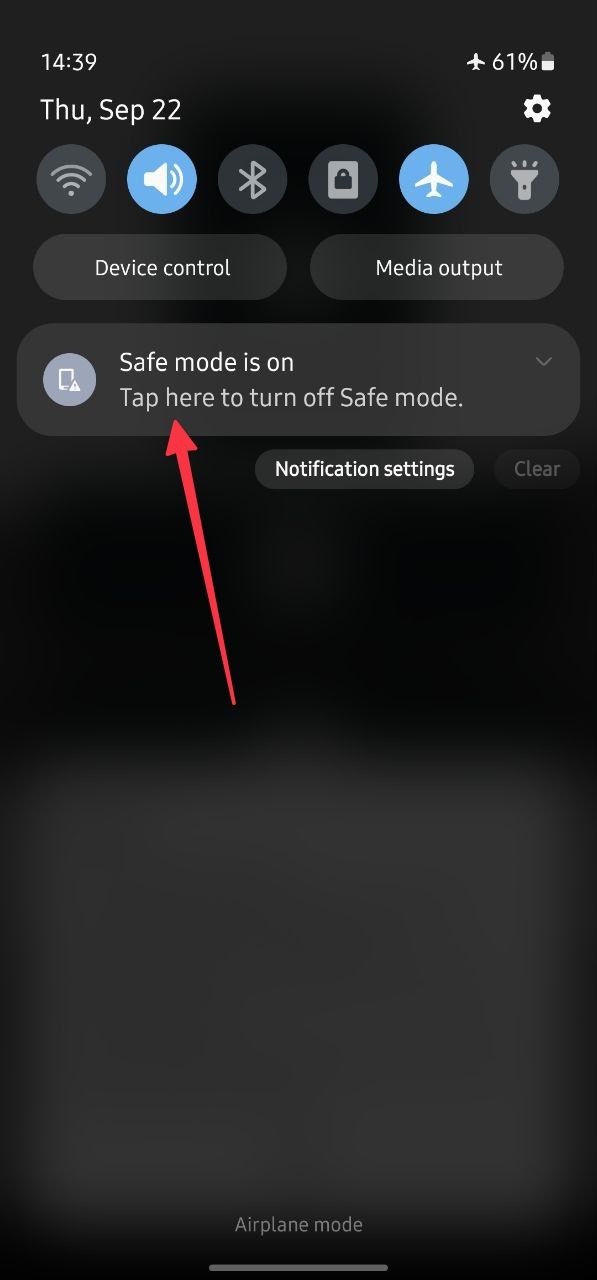
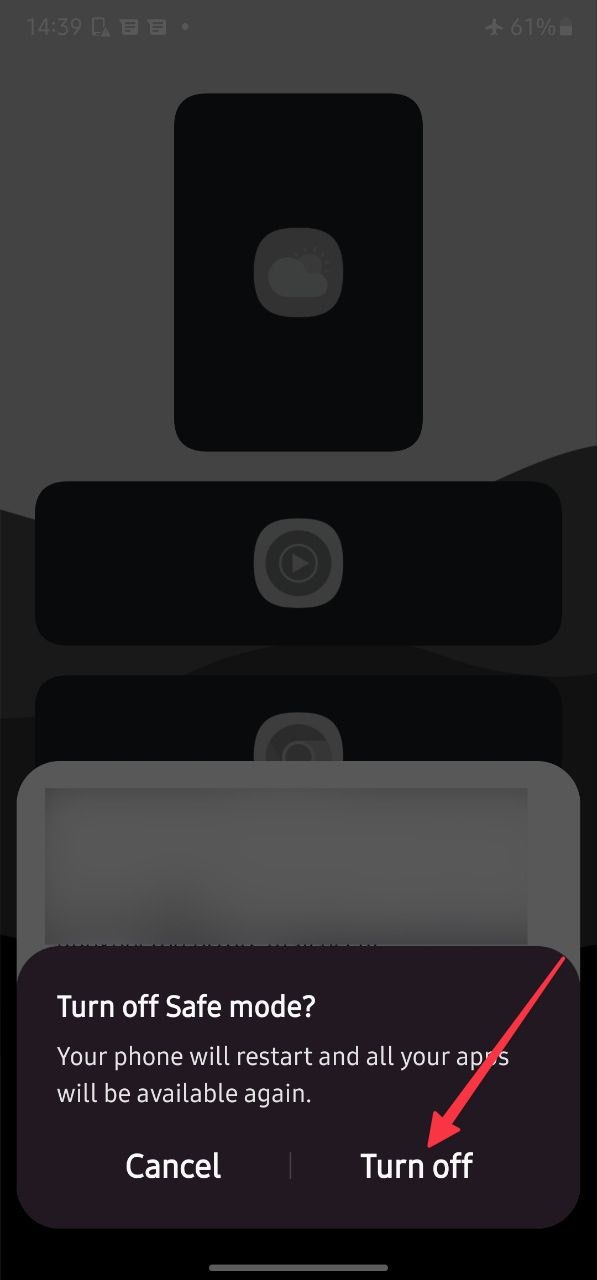
Extreme option: Turn off Safe Mode with a factory reset
The extreme option is to factory reset your device. This wipes everything from your phone or tablet and resets it to how it came out of the factory. You don't need to resort to this in most cases, and there are workarounds and tools to help you. We have a guide to help you speed up your Android device.
If you factory reset your phone to turn off Safe Mode, follow this guide. The steps to reset any Android phone are almost the same but vary depending on the device manufacturer. Not all features or settings are found in the same place, but they are similar. For clear instructions on resetting Samsung and OnePlus devices, check out our guide on how to factory reset Android devices.
This guide is for a Google Pixel device. Your Android device may have different settings or menu names.
To factory reset a Google Pixel smartphone, do the following:
-
Launch the Settings app on your phone and go to the System section.
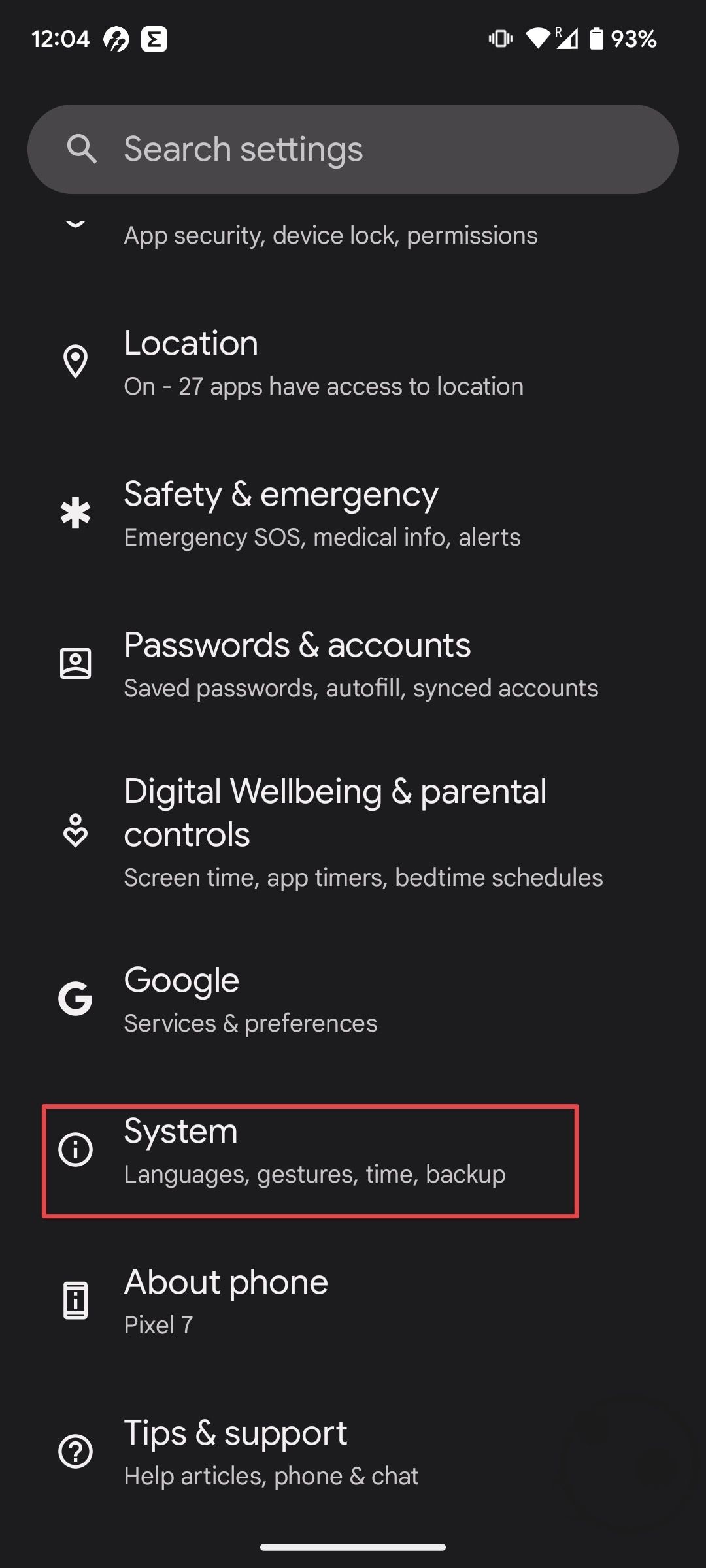
-
Tap Reset options and choose the Erase all data (factory reset) option.
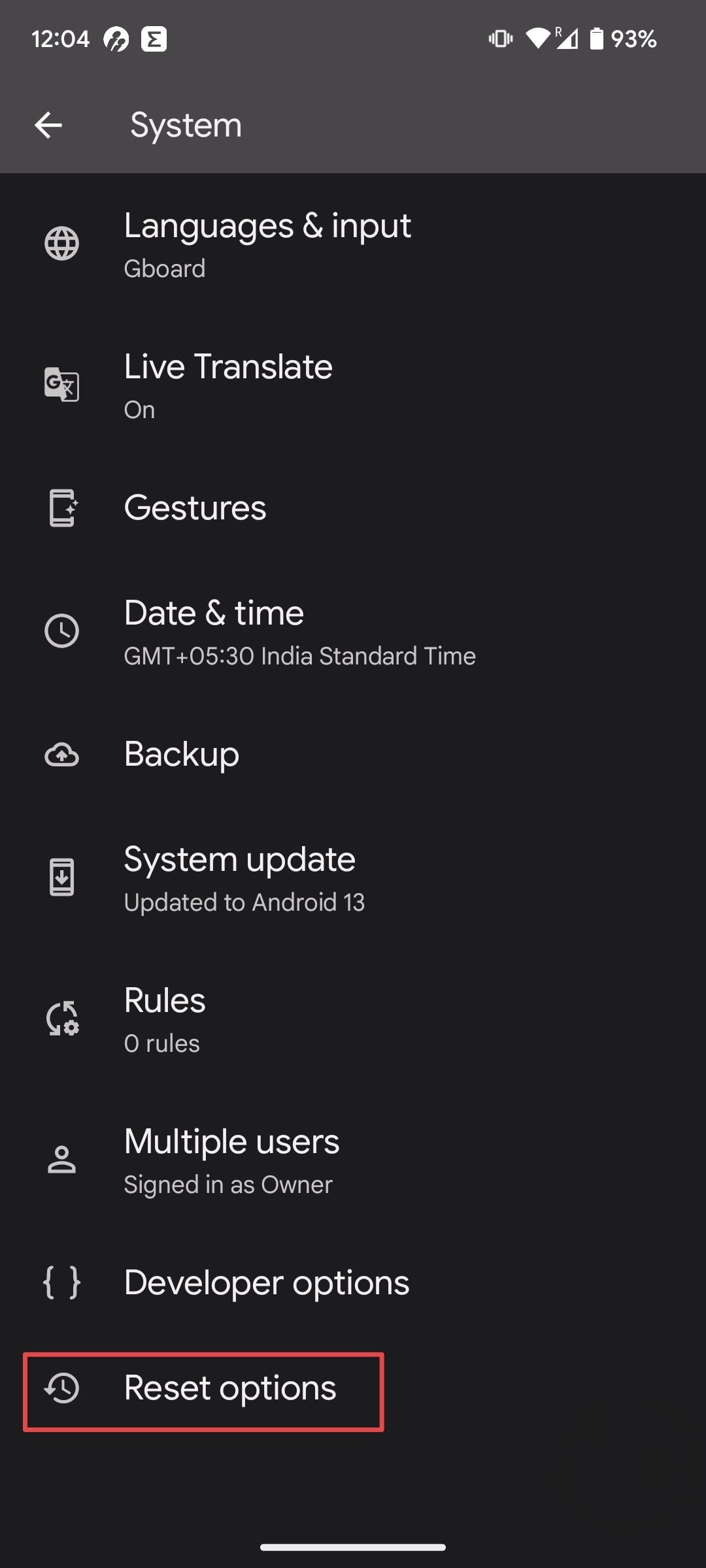
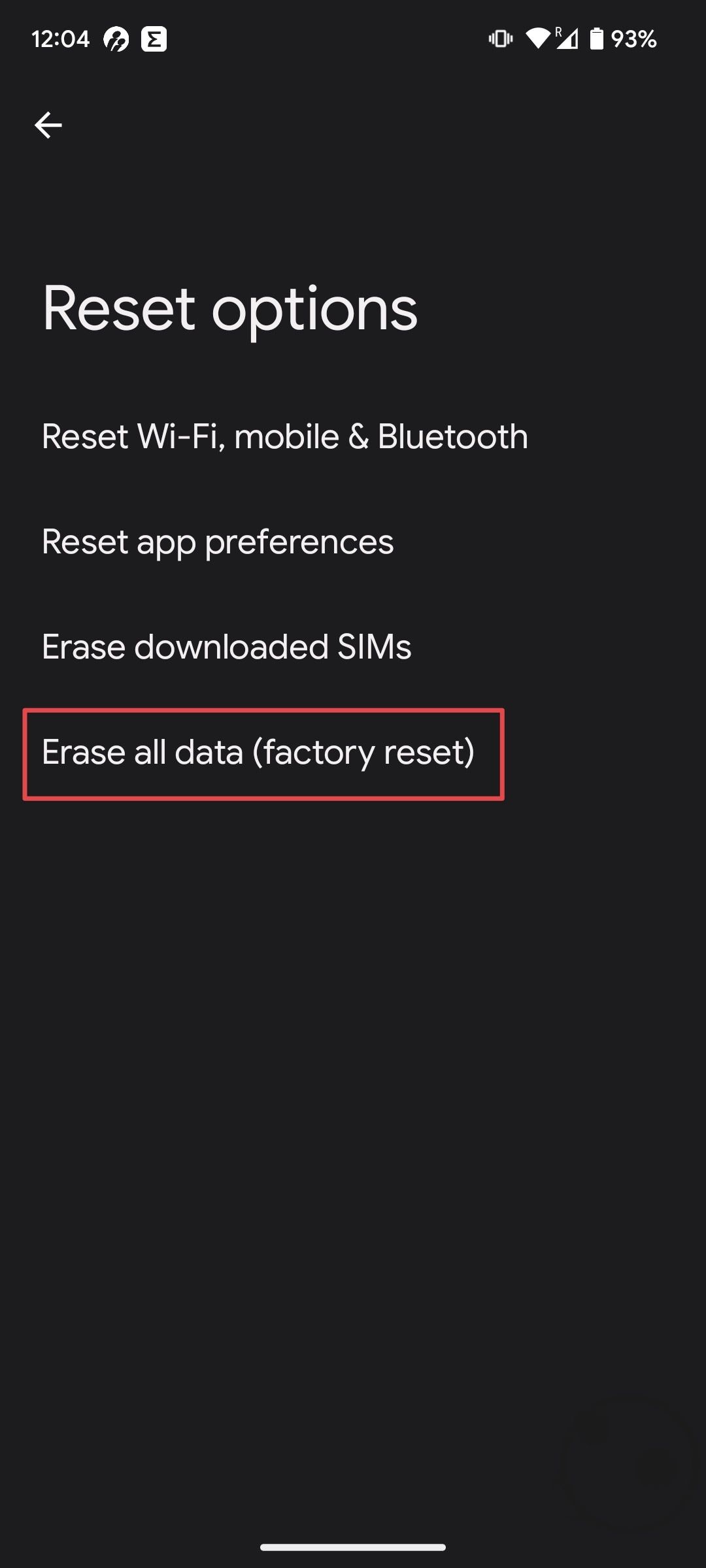
-
When prompted, tap the Erase all data button and confirm with your password, pattern, or PIN.
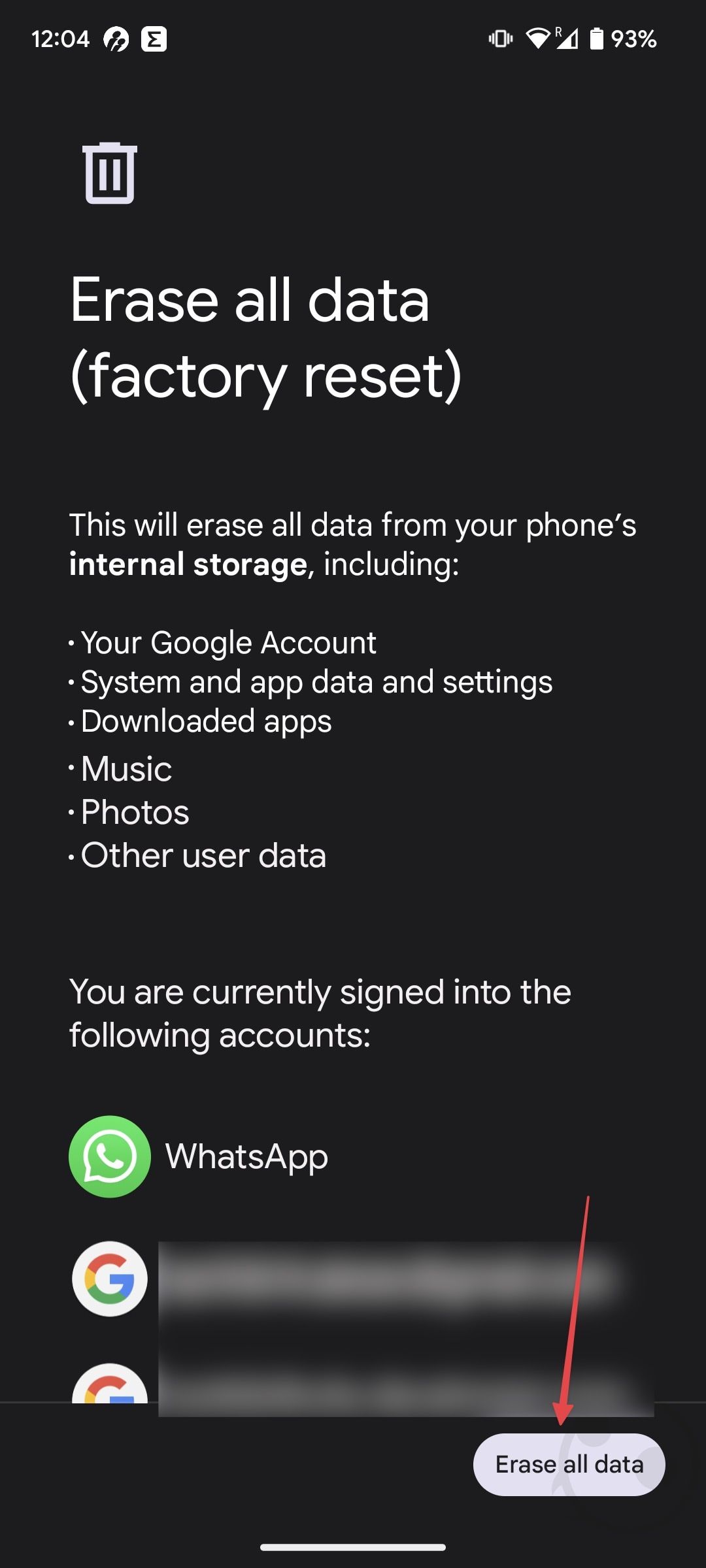
How to use Safe Mode to troubleshoot your Android
If you want to boot into Safe Mode to troubleshoot issues with your device, we show you how. For starters, boot into Safe Mode using one of the methods above. If Safe Mode comes up, and you aren't experiencing the issues you were before, one of your installed third-party apps is likely the culprit. Remove or turn off each app individually to find the problem app. If your issue is recent, begin with the newest third-party apps you installed and go from there.
List the apps you recently installed on your device. While in Safe Mode, delete an app's cache and storage, and restart your phone to turn off Safe Mode. To delete an app's cache and storage, go to Settings > Apps, choose an app, and tap Storage & data.
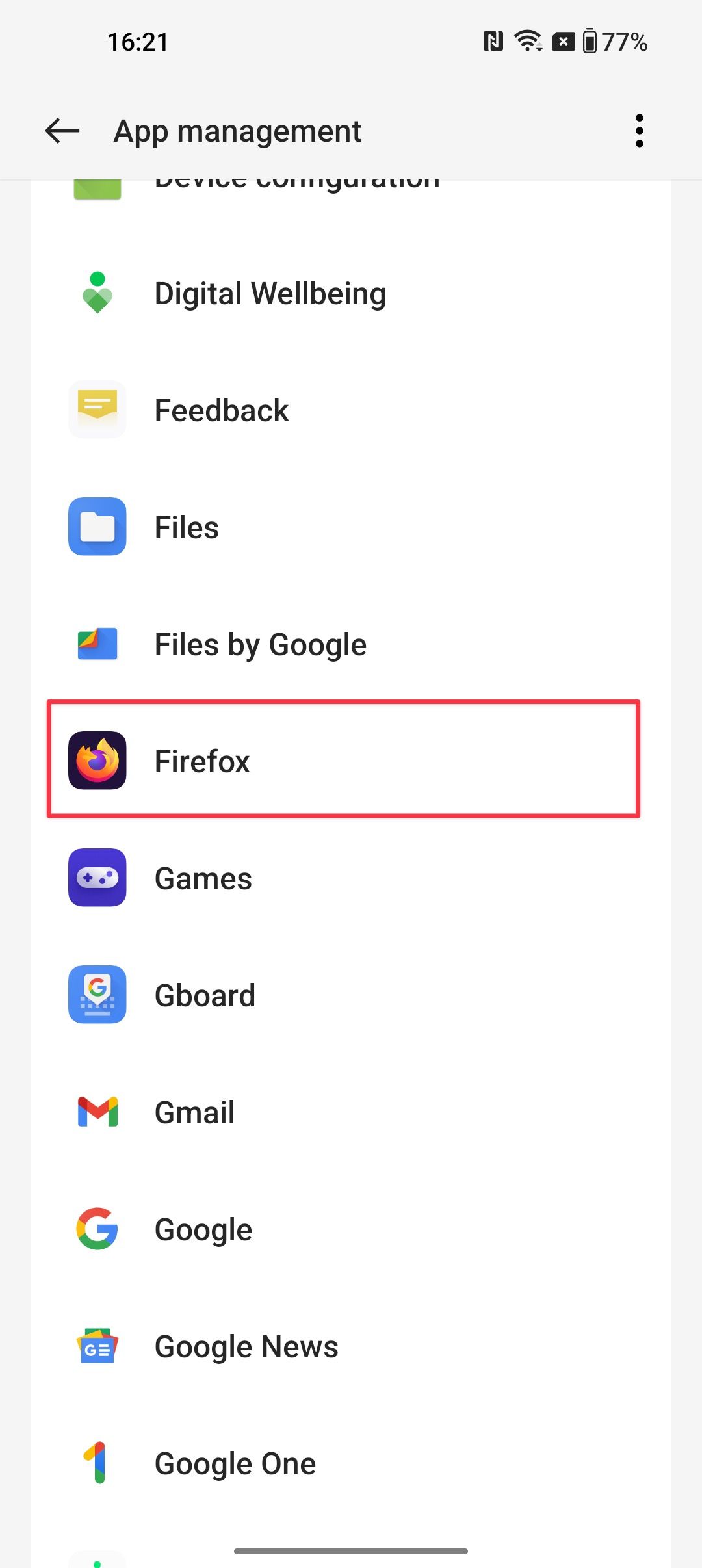
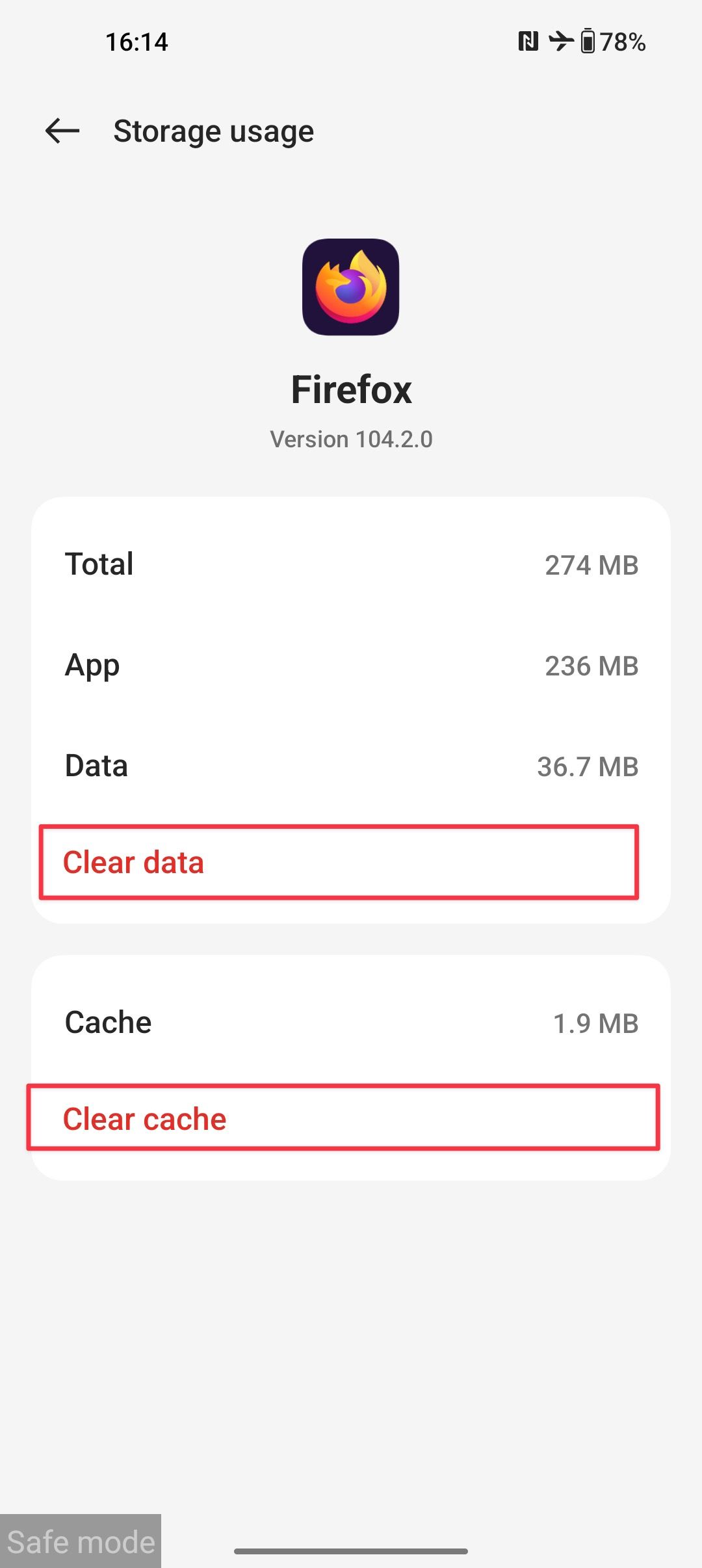
If removing an app fixes the issue, that app is responsible for the errors. Delete and reinstall the app or report the issue to the developers to inform them of your problems. If the issues persist, repeat the steps with the other apps until you find the culprit. It's a slow process, so be patient as you work through the list of third-party apps. When you find the app creating the problems, reinstall the other apps and boot into your device's regular mode.
Deleting the app storage removes your user data for that app. You lose the saved data and settings. You must sign back in or set up the app once more.
More options to troubleshoot your Android device
Safe Mode can help you fix most problems with your Android phone or tablet. Restarting the device is usually enough to get it working fresh again. You can free up storage space by clearing unused files or deleting apps you don't use. This frees up RAM and could improve your device's performance.
You can do a complete factory reset in extreme cases, although we suggest trying other options first. We have a guide to help you speed up your Android phone, so look there before you take drastic action.

